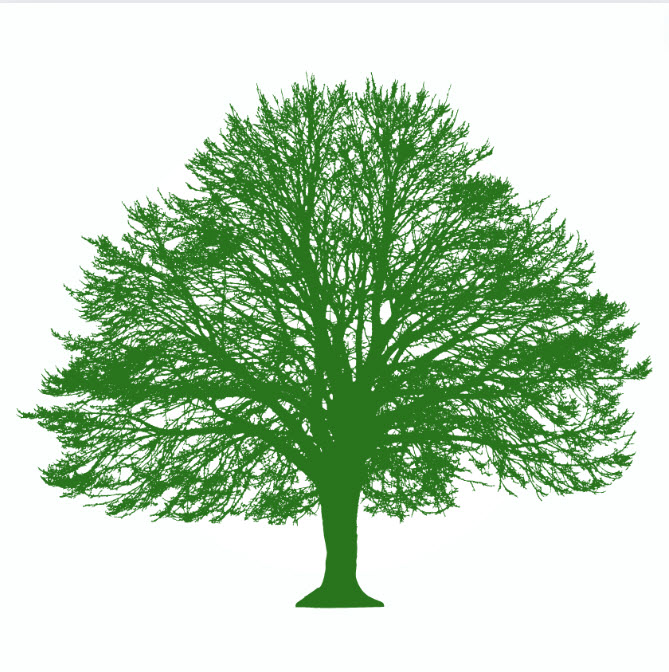Tree Pruning
Tree pruning is an essential practice in maintaining the health, safety, and aesthetic appeal of trees. Whether you’re a homeowner, a gardener, or someone responsible for public spaces, understanding the basics of tree pruning can help you make informed decisions about your landscape. This article will delve into the importance of tree pruning, the services available, the costs involved, and the role of tree branches in the process.
What is Tree Pruning?
Tree pruning involves selectively removing specific parts of a tree, such as branches, buds, or roots. This practice is crucial for various reasons, including promoting tree health, enhancing safety, and improving the tree’s appearance. By carefully pruning trees, you can prevent the spread of diseases, encourage better growth patterns, and reduce the risk of falling branches.
Importance of Tree Pruning
- Health of the Tree: Regular pruning helps to remove dead or diseased branches, which can prevent the spread of decay or diseases to other parts of the tree. This practice also allows for better air circulation and sunlight penetration, which are vital for the tree’s overall health.
- Safety Concerns: Overgrown branches can pose significant safety risks, especially during storms. Falling branches can damage property, vehicles, or even pose a threat to human safety. Pruning reduces these risks by removing weak or overhanging branches.
- Aesthetic Appeal: Pruning helps in shaping the tree, allowing it to maintain a desirable form and structure. This enhances the visual appeal of your landscape, making your garden or property look well-maintained.
- Fruit Production: For fruit-bearing trees, pruning is essential to encourage the growth of healthy fruits. By removing excess branches, more energy is directed toward fruit production, leading to better yields.
- Sunlight and Air Penetration: Proper pruning ensures that sunlight and air reach all parts of the tree, which is essential for photosynthesis and overall growth. This also helps in preventing the development of fungal diseases.
Tree Pruning Services
Professional tree pruning or trimming services are available to assist homeowners and property managers in maintaining their trees. These services are provided by certified arborists who have the knowledge and experience to prune trees correctly and safely.
- Crown Thinning: This service involves selectively removing branches from the crown of the tree to reduce its density. Crown thinning allows more light to penetrate through the tree, improving air circulation and reducing the risk of storm damage.
- Crown Raising: Crown raising is the process of removing the lower branches of the tree to provide clearance for vehicles, pedestrians, or buildings. This is commonly done in urban areas where trees grow close to roads or sidewalks.
- Crown Reduction: Crown reduction involves reducing the overall size of the tree’s canopy. This is done to prevent the tree from outgrowing its space or to reduce the risk of branch failure. It’s a delicate process that requires precise cutting to maintain the tree’s natural shape.
- Deadwooding: Deadwooding is the removal of dead or decaying branches from the tree. This service is particularly important for safety reasons, as dead branches are more likely to fall and cause damage.
- Formative Pruning: This type of pruning is performed on young trees to shape them as they grow. Formative pruning helps in developing a strong structure, which reduces the need for corrective pruning in the future.
- Pollarding: Pollarding is a pruning method where the upper branches of a tree are removed to promote a dense head of foliage and branches. It’s often used in urban settings to keep trees at a manageable height.
Tree Pruning Costs
The cost of tree pruning can vary widely depending on several factors, including the size of the tree, the type of pruning required, and the location of the tree. On average, homeowners can expect to pay between $200 to $800 for professional tree pruning services. However, for large or complex jobs, the cost can go up to $2,000 or more.
- Size of the Tree: Larger trees require more time, labor, and equipment to prune, which increases the overall cost. Small trees or shrubs are usually less expensive to prune.
- Type of Pruning: The type of pruning service required will also affect the cost. For example, crown thinning or raising may be less expensive than crown reduction or deadwooding, which require more precise and time-consuming work.
- Location of the Tree: If the tree is located in a hard-to-reach area, such as close to power lines or in a confined space, the cost of pruning may increase due to the additional safety measures and equipment needed.
- Condition of the Tree: Trees that are in poor health or have a lot of deadwood may require more extensive pruning, which can increase the cost.
- Additional Services: Some tree pruning services offer additional services such as debris removal, stump grinding, or emergency storm damage repair, which can add to the overall cost.
Understanding Tree Branches in Pruning
Tree branches play a crucial role in the overall health and structure of the tree. When pruning, it’s important to understand the different types of branches and how they affect the tree.
- Primary Branches: These are the main branches that grow directly from the trunk of the tree. They provide the tree with its structure and support the canopy. When pruning, it’s important to avoid removing too many primary branches, as this can weaken the tree.
- Secondary Branches: These branches grow from the primary branches and make up the bulk of the tree’s canopy. Pruning secondary branches can help to thin out the canopy, allowing more light and air to penetrate.
- Dead or Diseased Branches: These branches are no longer contributing to the tree’s health and should be removed during pruning. Leaving dead or diseased branches on the tree can lead to the spread of decay or disease to other parts of the tree.
- Suckers and Water Sprouts: Suckers are shoots that grow from the base of the tree, while water sprouts are fast-growing shoots that emerge from the trunk or branches. Both should be removed during pruning, as they can divert energy from the main tree and lead to poor growth.
Conclusion
Tree pruning is an essential practice for maintaining the health, safety, and beauty of trees. Whether you choose to do it yourself or hire professional tree pruning services, understanding the importance of proper pruning techniques is crucial. By investing in regular tree maintenance, you can ensure that your trees remain healthy, safe, and attractive for years to come. The cost of tree pruning may vary, but it is a worthwhile investment in the long-term health of your landscape. See more information about our services.

